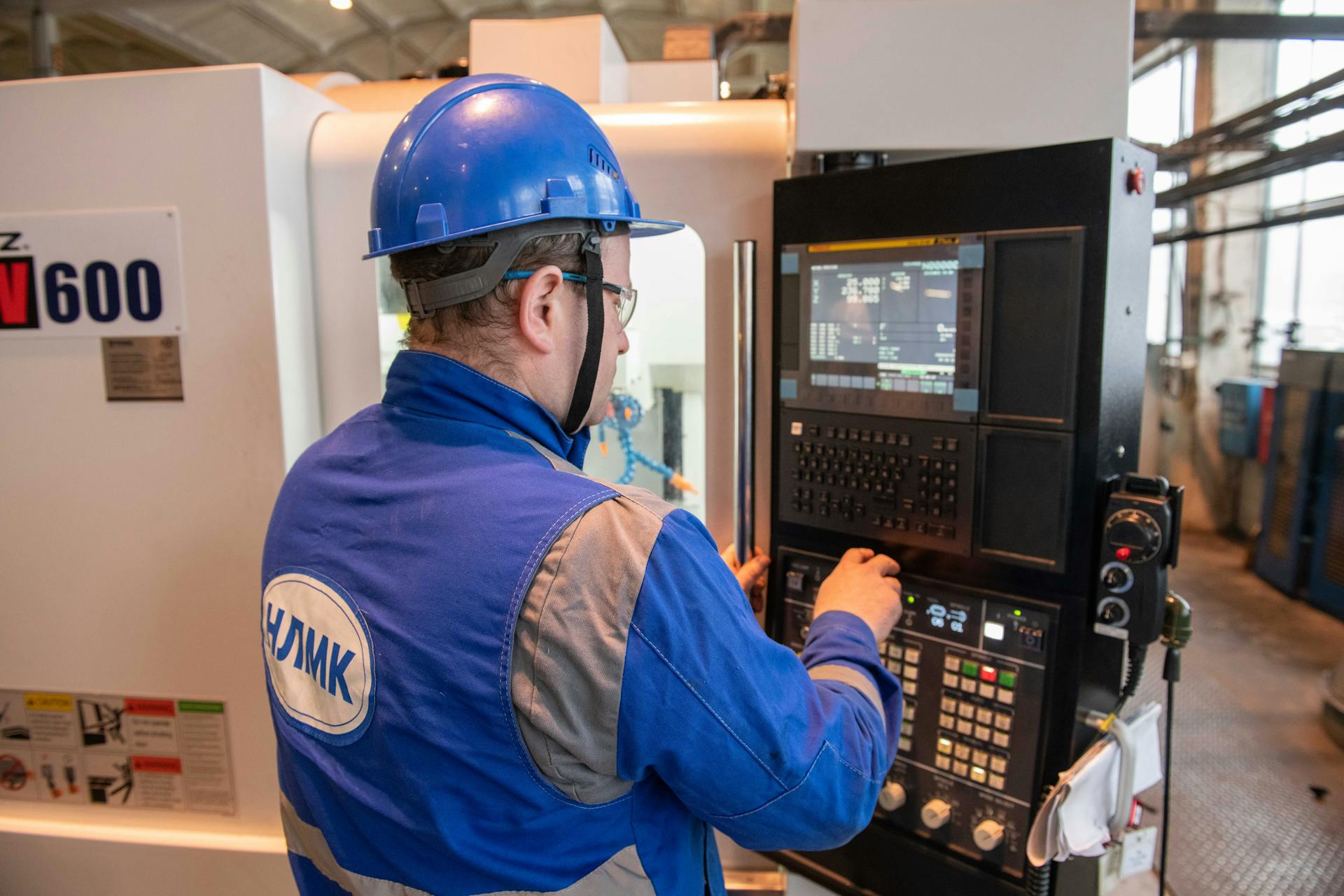Maintenance Management Software Evolution: How Established Providers Navigate Digital Transformation
Industry analysis on CMMS evolution and digital transformation trends

The maintenance management software industry is experiencing significant transformation as organizations increasingly demand sophisticated digital solutions to optimize their operations. With the global market for computerized maintenance management systems projected to exceed $15 billion by 2028, established providers face both opportunities and challenges in meeting evolving client expectations.
Among the companies navigating this shift is MAPCON, a Des Moines-based software developer that has been serving the maintenance management sector since 1982. The company's longevity in an industry marked by rapid technological change offers insights into how traditional software providers are adapting to modern demands while maintaining their core value propositions.
The Changing Landscape of Facility Maintenance
Recent industry data reveals that 68 percent of U.S. enterprises increased their maintenance software budgets in 2025 to enhance asset utilization and operational transparency. This investment surge reflects a broader industry pivot from reactive to predictive maintenance approaches, driven by advances in artificial intelligence and Internet of Things technologies.
The shift has profound implications for facilities across multiple sectors. Organizations managing complex infrastructure increasingly require building maintenance tracking software that can integrate with existing systems while providing real-time visibility into asset performance. This demand spans industries from manufacturing plants to municipal facilities, where downtime costs can reach thousands of dollars per hour.
Specialized Solutions for Diverse Industries
The maintenance management sector has evolved beyond one-size-fits-all approaches. Today's organizations require industry-specific functionality that addresses unique operational challenges. Manufacturing facilities, for instance, need robust plant maintenance software capable of managing complex equipment hierarchies and supporting stringent compliance requirements.
Similarly, specialized sectors such as water treatment operations have distinct needs. Municipal authorities and private operators increasingly seek wastewater maintenance software that can handle regulatory documentation while coordinating maintenance activities across distributed facilities. These niche requirements have prompted software providers to develop targeted solutions rather than relying solely on generic platforms.
Integration and Accessibility Drive Adoption
Industry analysts note that integration capabilities have become a critical factor in software selection decisions. Modern maintenance management systems must connect seamlessly with enterprise resource planning systems, procurement platforms, and emerging IoT sensor networks. Organizations report that integration challenges remain a primary barrier to digital transformation initiatives, with 72 percent of maintenance managers citing data silos as a significant operational hindrance.
Cloud-based deployment models have gained traction as organizations seek to reduce infrastructure costs while enabling mobile access for field technicians. The COVID-19 pandemic accelerated this trend, with remote work requirements highlighting the limitations of legacy on-premises systems. Software providers offering both cloud and server-based options have found themselves well-positioned to serve clients with varying security and infrastructure requirements.
Looking Ahead
As the maintenance management software market continues to evolve, industry observers anticipate further consolidation alongside the emergence of specialized niche players. Established providers with decades of experience face the challenge of modernizing their platforms while preserving the reliability and feature depth that attracted their customer base.
The coming years will likely determine which companies successfully balance innovation with stability. For organizations evaluating maintenance management solutions, the abundance of options presents both opportunity and complexity. Success increasingly depends on selecting systems that not only address current operational needs but also provide pathways for future technological integration as artificial intelligence and predictive analytics become standard features rather than premium additions.
The maintenance management software sector's transformation reflects broader trends in enterprise technology, where digital transformation initiatives must reconcile legacy systems with emerging capabilities. As organizations continue investing in operational efficiency, the providers that thrive will be those that demonstrate both technical innovation and practical understanding of maintenance operations across diverse industries.